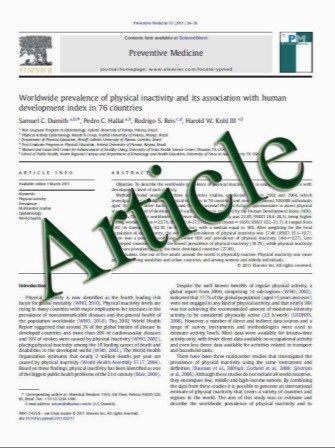Role of Phospholipid Transfer Protein in High-Density Lipoprotein–Mediated Reverse Cholesterol Transport
- نوع فایل : کتاب
- زبان : انگلیسی
- مؤلف : Amirfarbod Yazdanyar & Calvin Yeang & Xian-Cheng Jiang
- چاپ و سال / کشور: 2011
Description
Reverse cholesterol transport (RCT) describes the process whereby cholesterol in peripheral tissues is transported to the liver where it is ultimately excreted in the form of bile. Given the atherogenic role of cholesterol accumulation within the vessel intima, removal of cholesterol through RCT is considered an anti-atherogenic process. The major constituents of RCT include cell membrane– bound lipid transporters, plasma lipid acceptors, plasma proteins and enzymes, and lipid receptors of liver cell membrane. One major cholesterol acceptor in RCT is high-density lipoprotein (HDL). Both the characteristics and level of HDL are critical determinants for RCT. It is known that phospholipid transfer protein (PLTP) impacts both HDL cholesterol level and biological quality of the HDL molecule. Recent data suggest that PLTP has a site-specific variation in its function. Moreover, the RCT pathway also has multiple steps both in the peripheral tissues and circulation. Therefore, PLTP may influence the RCT pathway at multiple levels. In this review, we focus on the potential role of PLTP in RCT through its impact on HDL homeostasis. The relationship between PLTP and RCT is expected to be an important area in finding novel therapies for atherosclerosis
Curr Atheroscler Rep (2011) 13:242–248 DOI 10.1007/s11883-011-0172-5 Published online: 2 March 2011


